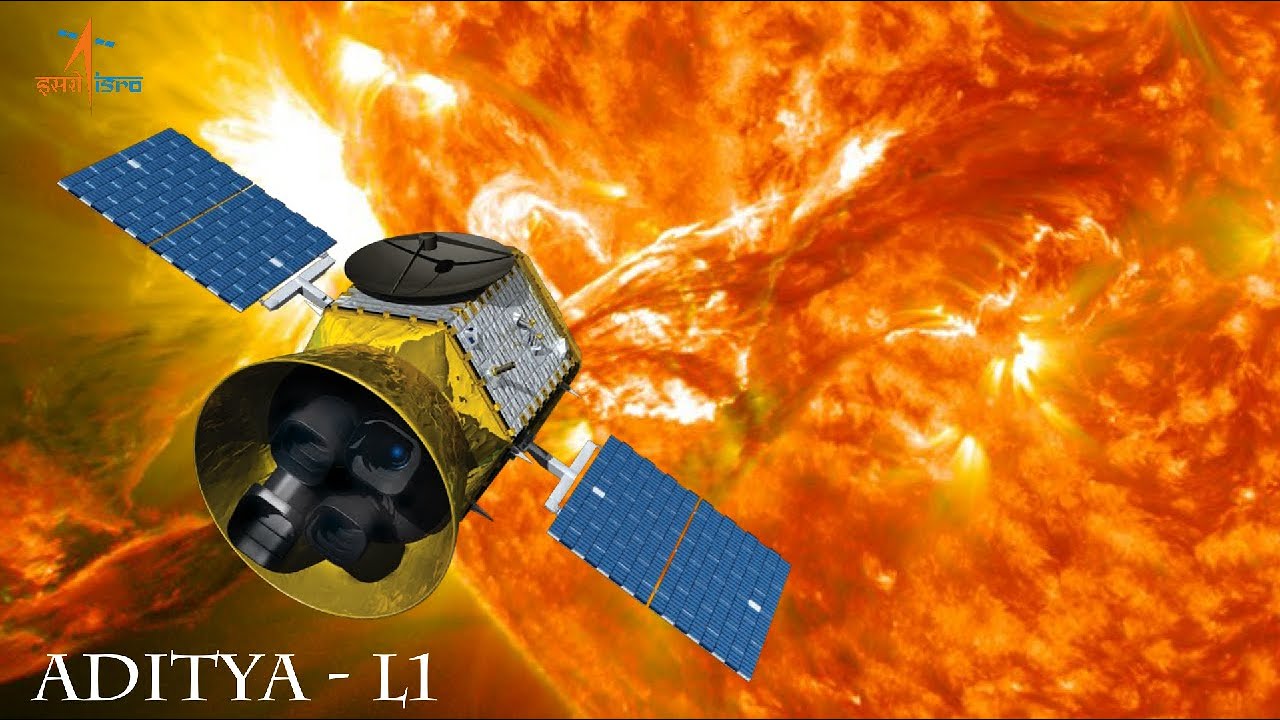
NEW DELHI, Dec 25: India’s Aditya L1 spacecraft to study Sun, has reached the final stage of its journey clearing over 15 lakh kilometres through the cold vacuum of space into the halo orbit around Lagrange Point 1 (L1), a point of gravitational equilibrium between the Earth and the Sun.
The spacecraft was launched aboard a PSLV on September 2, 2023, from Sriharikota and is expected to reach its destination on January 6, 2024.
The insertion into L1 is a critical phase of the mission, requiring precise navigation and control. Aditya L1 underwent a series of four Earth-bound orbital manoeuvres before being injected into a transfer orbit towards L1.
This meticulous process involves careful planning to ensure that the spacecraft maintains its trajectory and velocity to successfully enter the halo orbit. The significance of L1 cannot be overstated. It offers an uninterrupted view of the Sun, allowing Aditya L1 to study the solar atmosphere, solar magnetic storms, and their impact on Earth’s environment.
The spacecraft will measure various events such as Coronal Mass Ejections (CMEs) and the interplanetary magnetic fields, providing vital data not only for India but for the global scientific community. To ensure a successful insertion, ISRO’s team will take several precautions. The spacecraft’s position and speed must be constantly monitored and adjusted using on-board thrusters to counteract any deviations from the planned path.
Additionally, the spacecraft’s instruments, including the Visible Emission Line Coronagraph (VELC) and the Solar Ultraviolet Imaging Telescope (SUIT), must be will have to be protected from the intense radiation and particles emitted by the Sun.
The stability of L1, an unstable Lagrange point, also poses challenges. Station-keeping manoeuvers will be required to maintain Aditya L1’s halo orbit, with adjustments of 0.2–4 m/s per year. These manoeuvers are crucial to counteract the gravitational influences of other celestial bodies and the pressure exerted by solar radiation.
As Aditya L1 approaches its target, the mission team remains vigilant, ready to tackle the complexities of space. The success of this insertion will not only be central to ISRO’s capabilities but will also pave the way for new insights into Sun’s mysteries and its influence on space weather.
(Manas Dasgupta)













